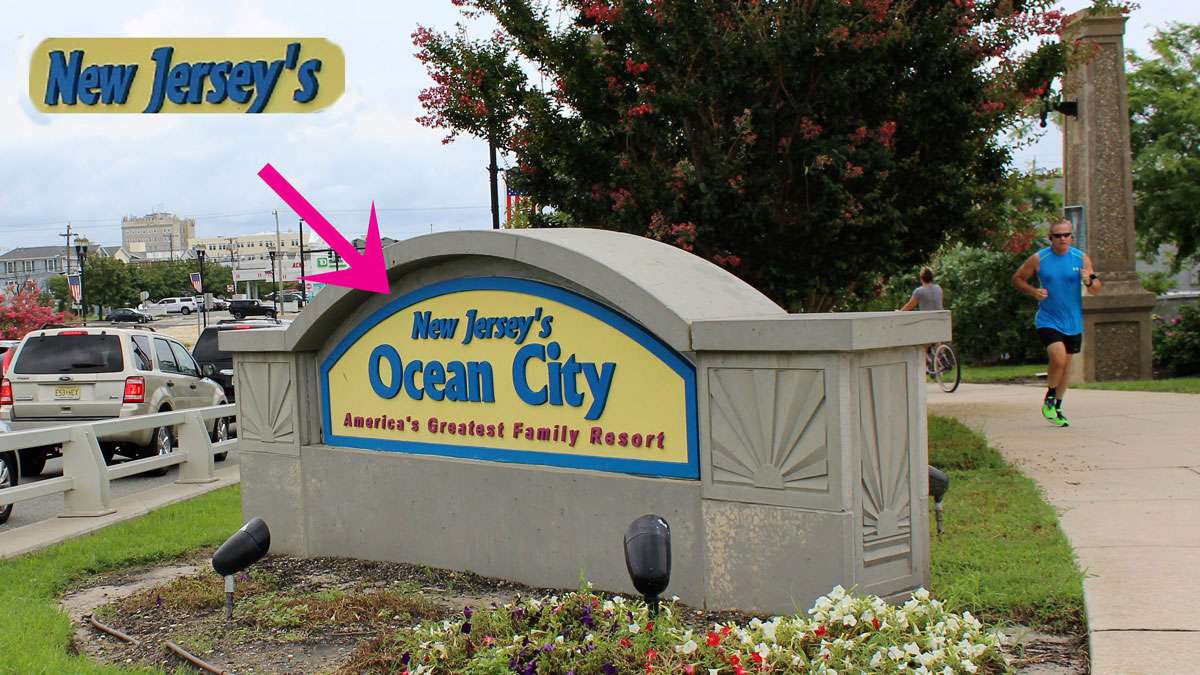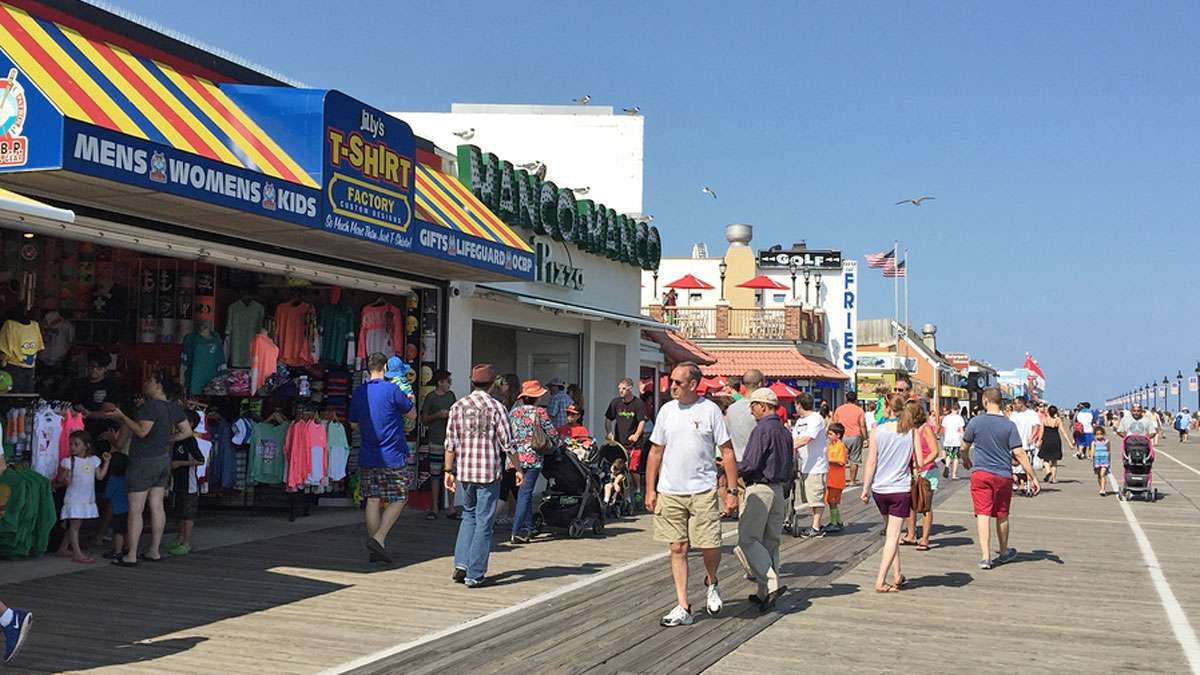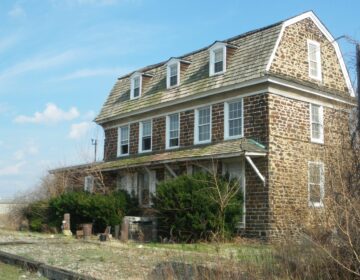What do you mean there’s another Ocean City?
It happens a couple of times a summer, according to those that work in shore tourism: someone ends up in the wrong Ocean City.
The two beach towns, one in southern New Jersey, the other in Maryland, are about 70 miles apart along the ocean, and worlds apart in some ways. In other respects, they share more than a name. Both are seasonal resorts on barrier islands, both have beaches, a boardwalk, marinas and restaurants. Both also have active marketing campaigns, and they even each have a historic lifesaving station, a preserved reminder of another time.
Still, they aren’t exactly neighbors. The entire state of Delaware sits between them. And the most direct route connecting the two towns – along the coast – includes a ferry trip across the Delaware Bay, or else the distance is far longer to head over one of the suspension bridges crossing the Delaware River upstream. Just the same, almost anyone in the accommodations industry in either town has a story about a guest ending up in the wrong Ocean City.
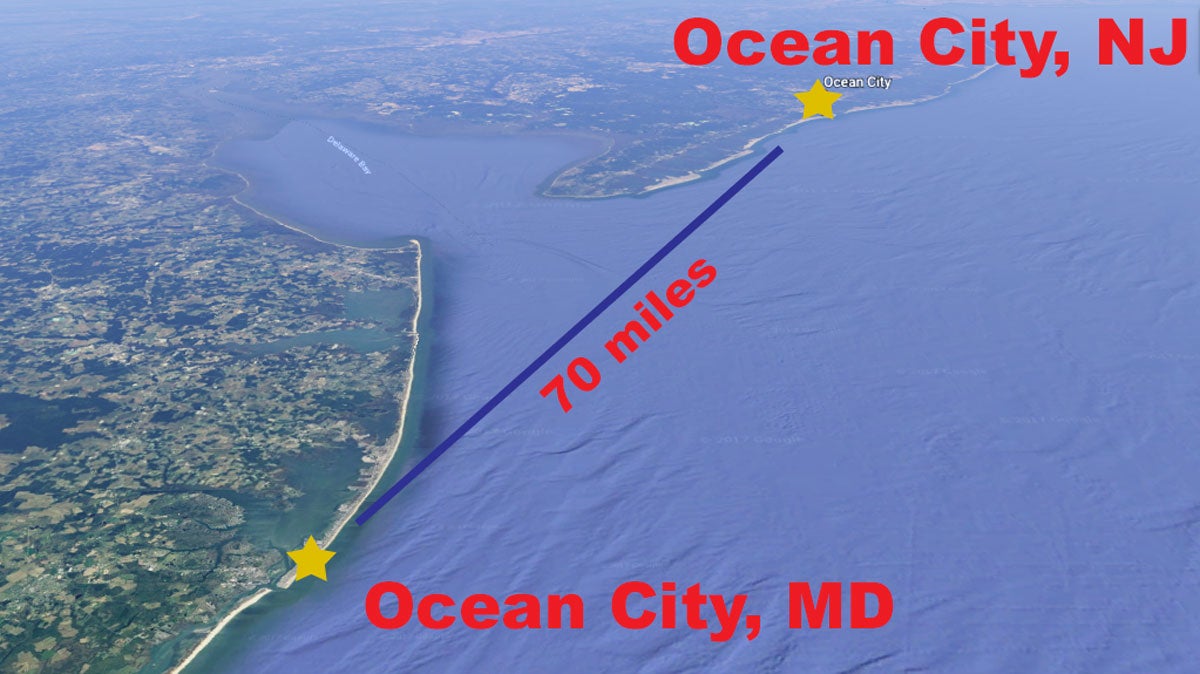
“We had one last year. It was hilarious,” said Bethany Lefemine, who works at an Ocean City, New Jersey, motel. The family arrived at the front desk in New Jersey, certain they were in Maryland. At the same business, a staff member said, it took a long and confusing conversation to determine a potential customer had made a reservation in the wrong state. On the Maryland side, Sandy Hurley, the curator of the town’s lifesaving station museum, said not long ago someone turned up on a busload of foreign students set to work for the summer on J-1 visas.
“One of the students got off the bus, looking for the place where she was supposed to work,” Hurley said, but the volunteers with one of the local churches who met the bus had never heard of the business. It turned out it was in New Jersey.
They found her a place to stay and eventually straightened it all out, Hurley said.
Far more often, someone makes a reservation in the wrong town, or calls the wrong state while preparing for a visit. But for some who have never been to either resort, the realization doesn’t come until they arrive looking for a street that doesn’t exist. Several people interviewed in both towns tell a similar story: someone starts asking directions for an unfamiliar street, or a business they’ve never heard of, followed by a brief “Who’s on first?” routine making sure they wanted Ocean City. Eventually, the realization kicks in that they are in the wrong state.
It happens rarely enough that the process can take a while, but most interviewed said it happens almost every summer. In Jersey’s OC, a big clue is when someone is looking for a specific bar in a town that’s been dry since its inception.
Just follow your phone
So how does someone end up at the wrong beach town? In the information age, it may seem an unlikely scenario.
“I don’t know how they do it in 2017,” said Michele Gillian, the executive director of OCNJ’s Chamber of Commerce.
When GPS fails us
But several people interviewed for this story said it’s become more common, not less, as drivers get accustomed to following their phones to a destination. That’s apparently what happened in the case Lefemine mentioned. In that example, the family drove through Maryland and over the bridge to reach the Jersey shore, following the prompts after punching in directions in their GPS for Ocean City.
Coming over the Route 52 causeway into OCNJ, the most popular route onto the barrier island, a large sign welcomes you to Ocean City, New Jersey. Some locals snicker at the specificity, but Gillian said it’s needed.
“We’ve had them come to the Welcome Center and not realize they’re in New Jersey. They think they’re in Maryland,” she said.
The confusion is nothing new. Gillian said the Tourism Commission in her Ocean City began to emphasize the NJ about 15 years ago, as businesses started to hear about confusion between the two towns. “They do get mixed up, especially on the internet.”
Her counterpart at the Ocean City, Md., Chamber of Commerce, executive director Melanie Pursel, has heard of some visitors ending up in the wrong town “every now and then,” but does not believe there is much confusion in the marketplace.
“I just feel like we’re so completely different, in terms of our appeal and what we have to offer,” Purcel said. “We have our market, and they have theirs. I think we have a whole different feel here.”
Big differences
One big difference is the nightlife. While there are no bars or liquor licenses in the New Jersey version, there are close to 30 in OC, Md. Purcel also cited watersports, the beaches and boardwalk as attractions in her Ocean City, although to be fair, both have beaches, a boardwalk and plenty of water. One thing the Maryland town does not have that the Jersey version does? Beach tags, a fact that Purcel said they definitely market. The Maryland beaches are free.
“It’s just really a very exciting community,” she said. “I grew up coming to Ocean City. My heart’s here.”
Purcel added that her town is very family friendly, even with the nightlife. Representing a town that literally has the trademark on “America’s Greatest Family Resort,” Gillian held her ground there.
“I would say ours is more family oriented,” Gillian said. “We cater to the family. We don’t describe what the family is.”
While Maryland’s Ocean City has about 10,000 hotel rooms and more on the way, OCNJ’s focus has long been summer houses for rent.
“It’s just a different brand than our brand,” Gillian said.
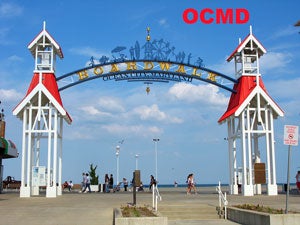 Ocean City, Md. Sees about 8 million visitors a year, with many coming from Baltimore and the DC area. They’ve also sought to expand their market in Pennsylvania, both in Philadelphia and farther west, all the way out to Pittsburgh.
Ocean City, Md. Sees about 8 million visitors a year, with many coming from Baltimore and the DC area. They’ve also sought to expand their market in Pennsylvania, both in Philadelphia and farther west, all the way out to Pittsburgh.
“We call it the hilly area,” she said.
First stop off the Expressway
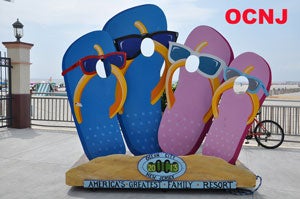 OCNJ is far closer to Philadelphia that the Maryland resort. Gillian said it’s the first stop off the Atlantic City Expressway. However, the expressway does lead directly into Atlantic City.
OCNJ is far closer to Philadelphia that the Maryland resort. Gillian said it’s the first stop off the Atlantic City Expressway. However, the expressway does lead directly into Atlantic City.
Both towns rely on special assessments and taxes on businesses to help fund their marketing campaigns, although Gillian contends that the Maryland town has a far larger budget.
“We don’t have the finances Ocean City, Maryland has, so we have to be very careful about how we spend our money. We have about $700,000, they have millions,” she said in a recent interview. “Ocean City, Maryland comes into our market. They compete with billboards, radio, TV time. At the same time, we’re always trying to get new markets, and they’re always trying to get new markets. It’s a dog-eat-dog world.”
One area of cooperation turned up in the interviews for this piece. Hurley, the museum coordinator, said some people from Jerseys’ Ocean City have spoken to her about plans for a lifesaving museum there. The New Jersey town purchased its own historic lifesaving station for about $1 million in order to save it from demolition, with more grant and local money spent on restoration. Plans are to open it as a maritime museum.
Both buildings have similar histories, starting as part of the United States Lifesaving Service, then falling under the Coast Guard. Eventually, both buildings looked slated for the wrecking ball but were saved for their historic significance. Hurley said she’s spoken with people from OCNJ about how her lifesaving station museum operates, and given advice.
The towns were named at about the same time at the end of the 19th century. In New Jersey, brothers founded Ocean City as a religious retreat, while in Maryland, the town was founded by investors from Baltimore, Philadelphia, Wilmington and Maryland’s Eastern Shore. As Gillian points out, that other Ocean City is the only barrier island town in the state, running from the Delaware border to the end of the island. To the south is uninhabited Assateague Island, famous for its horses, which runs all the way to the Virginia border where it becomes the Chincoteague National Wildlife Refuge.
The town itself lays out on either side of Coastal Highway 528, with beaches on one side of the narrow island, and the intercostal waterway on the other. For sections, high-rise resorts line the beach, far larger than the few multistory buildings in OCNJ.
On the mainland is West Ocean City, an area Pursel said has grown considerably in recent years.
New Jersey is dotted with many more, smaller barrier islands, and aside from Ocean City, most include more than one town. For a time, regional business groups tried to get the towns to market together, but in the dog-eat-dog tourism world, competition remains.
Gillian, whose husband Mayor Jay Gillian operates Gillian’s Pier, talked up her town’s boardwalk. She said each shore town has its own feel, “I think we have the best of everyone. I think we have it all.”
But isn’t she paid to say that?
“It is my job to say that. But I think we have more to offer than anybody else,” Gillian said of Ocean City, New Jersey.
WHYY is your source for fact-based, in-depth journalism and information. As a nonprofit organization, we rely on financial support from readers like you. Please give today.



